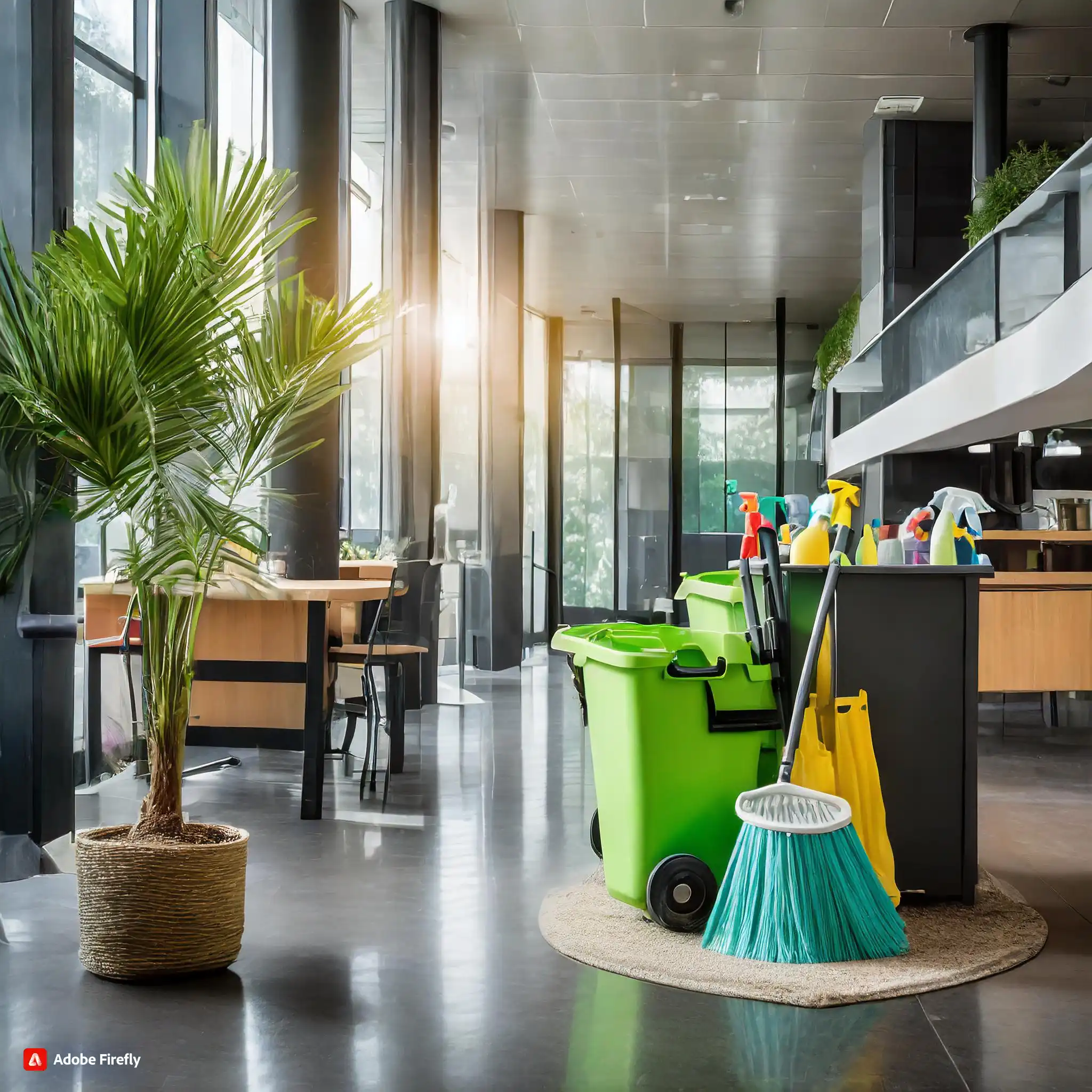Industry News
Properly Cleaning Soft Surfaces Helps Prevent the Spread of Disease
Upholding Health Standards: Mastering Soft Surface Cleaning
The realm of cleaning hard surfaces has undergone significant advancements, yet the same cannot be claimed for soft
surfaces. This persisting challenge, especially in healthcare facilities, demands effective cleaning strategies. A
recent Glo-Germ study illuminates the potential spread of infections via soft surfaces, underscoring the critical need
for meticulous cleaning methods.
The Glo-Germ Study: Mapping Infection Transfer
The Glo-Germ study, an infection control visual, vividly portrays the transfer of contaminants within a patient’s room.
Identifying the patient’s bed as the epicenter of contamination, the study illustrates scenarios where a visitor, even
briefly sitting on the bed, could unwittingly transfer contaminants to a chair, a nurse’s hands, or a curtain during
vital checks.
Combating the Challenge: Strategies for Soft Surface Cleaning
Hands-On Methods
In scenarios requiring the removal of visible contaminants, hands-on methods are indispensable. The use of disposable
gloves and Personal Protection Equipment (PPE) is mandatory. High-quality industrial disposable wipers are effective for
larger debris.
The process involves:
- Dousing the surface with a hospital-grade disinfectant cleaning chemical.
- Allowing the chemical to dwell.
- Wiping the surface with a high-quality microfiber cloth.
- For stubborn cases, utilizing extraction equipment like a commercial-grade carpet cleaning machine or a hospital-grade
wet-dry vacuum.
- Applying a sanitizer chemical and allowing it to dry.
Hands-Off Methods
- Ultra-violet (UV) Light: Utilizing UV light aids in disinfecting surfaces.
- Air-Assisted Electrostatic Sprayers: These sprayers uniformly apply disinfectant and/or sanitizer, altering the
charge on the surface for enhanced adherence.
- Hydrogen Peroxide Vapor Systems: These systems bio-decontaminate by depositing hydrogen peroxide, leaving no
residue.
Monitoring Cleanliness
The use of an ATP meter is crucial, though currently underutilized, with only 20% of healthcare facilities employing
this device. The ATP test measures actively growing microorganisms, offering a direct measure of biological
concentration and health. It proves invaluable in controlling treatment reactors, guiding biocide dosing programs,
assessing soil activity, determining water cleanliness, and ensuring equipment or product sanitation.
In navigating the complexities of soft surface cleaning, effective solutions are imperative. Contact us
to discuss your unique requirements and discover how we can contribute to maintaining a clean and healthy environment.
